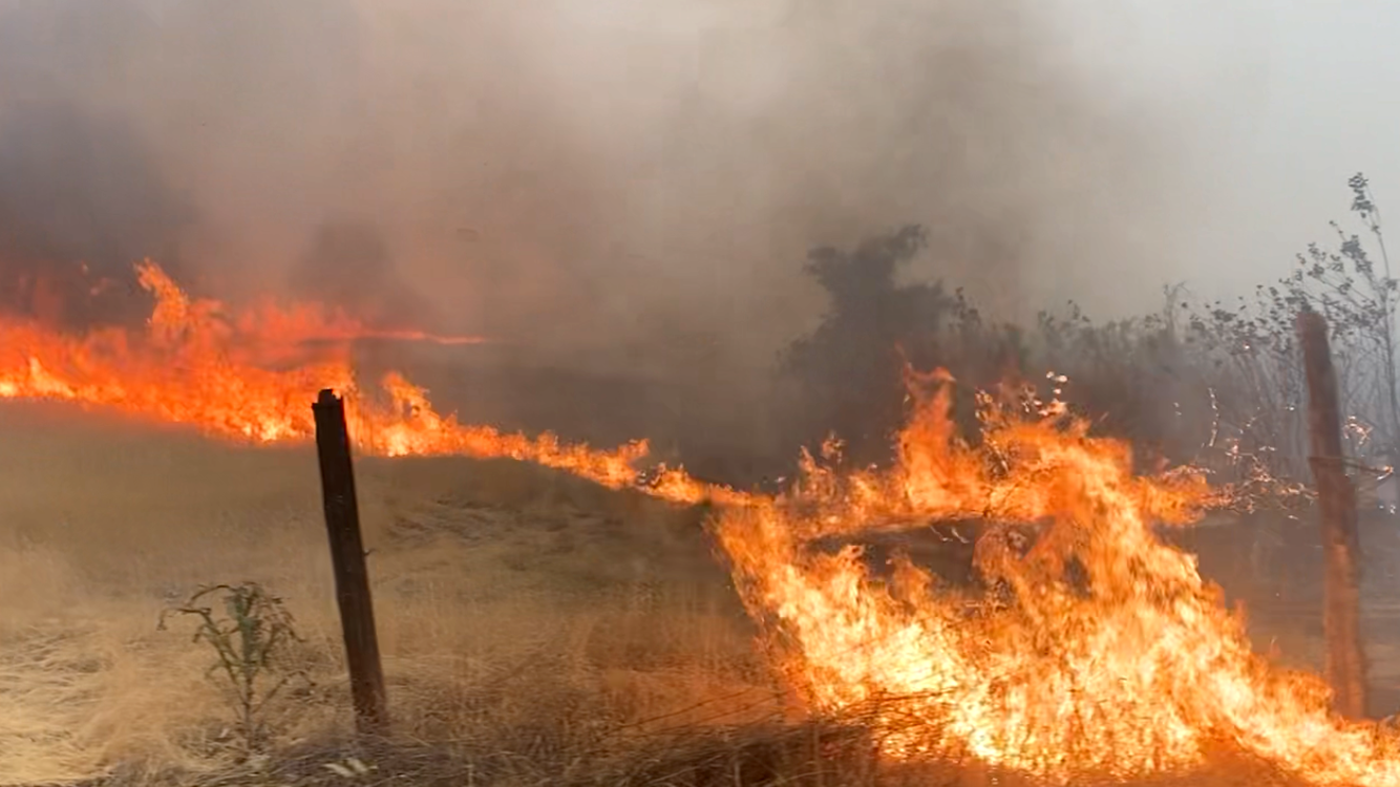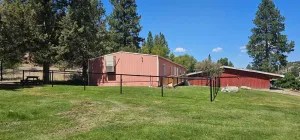Shooting the Breeze: Do you need a muzzle brake?
Published 6:15 am Friday, September 2, 2022

- Dale Valade
As I have written here before, the first muzzle brake I had ever encountered was attached to the end of Bob Hansen’s .338 Winchester Magnum. Bob was a family friend who used to hunt elk with us annually, God rest his soul. When Bob shot that rifle, it seemingly measured on the Richter scale. Its lightweight design would’ve provided inquisitional amounts of recoil sans the BOSS muzzle brake. Bob’s rifle certainly needed a muzzle brake.
Trending
While living in Idaho, I frequently repaired to an informal shooting area on the outskirts of Ammon, about 20 minutes away from my home. One day, as I was leaving, another vehicle arrived with a couple who, seeing me packing up to leave, began to unload their shooting possibles.
Among the items they placed on the table was a .22 rimfire rifle. After we talked a minute, it was presented for my inspection. There, on the muzzle, was a muzzle brake. On a rimfire. “But it looks so cool,” he quipped. It was a good thing I was wearing sunglasses as my eyes reflexively rolled back into the darkest portions of my head as I handed it back to him and quickly made my retreat.
Not all guns need a muzzle brake. Throw all the tomatoes you want, it’s simply not necessary. Unless you’re always wearing ear protection — which when hunting is impossible — a muzzle brake can cause tinnitus to both shooters and bystanders as they amplify the report and concussion of an already loud noise. To put such a thing on any rifle simply “because it looks cool” is an identifying mark of someone suffering from Cranial Excreta and treatment should be sought forthwith.
Trending
Some guns absolutely NEED a muzzle brake! I recently fired a friend’s .500 S&W Magnum pistol and could not imagine doing so without the integral porting in the barrel, sort of a factory-machined muzzle brake. Noise pollution notwithstanding, the muzzle brake is the most effective way of reducing recoil. Whatever your recoil tolerances, a quality brake will typically lessen the recoil of any rifle by 40-65%.
Take, for example, the .243 Winchester. Its recoil energy with 100-grain bullets in a 7-pound rifle is approximately 11 pounds. The aforementioned .338 Winchester Magnum firing 225-grain bullets in a 9-pound rifle is 33 pounds, or three times that of the .243 Winchester!
Individual rifles are very much a law unto themselves, even where recoil is concerned. Both my .308 and my .270 feel to me like they kick more than my .30-06, for example. I’ve fired .338s that seemed to kick less than .300 Magnums. Lightweight guns paired with heavyweight calibers are typically a recipe for excessive recoil. If your latest smokepole isn’t grouping like it should, it may be due to a case of flinch-itis.
My personal recoil threshold for guns needing a muzzle brake begins somewhere in the .300 Magnums. And as I’ve said, it varies from gun to gun. My father’s .300 WSM kicks about like a .30-06, which to me is acceptable and manageable. The .300 WSM I used to have seemed to kick more like a .375 Magnum, regardless of the loads I used. I would get migraines from shooting it, a sensation I had never before experienced. Rather than install a brake, I sent it down the road; a brake would’ve been the only way for me to shoot it accurately as it had me buffaloed.
If you’ve exhausted yourself in several boxes of ammunition worth of painful beating on a bench rest trying to get your rifle to shoot, it may be time to talk to your gunsmith about getting a brake installed. Just please don’t do it for the aesthetic. You’ll be saving a bunch of your gun-loving buddies from having to schedule a trip to the optometrist to get their eyes unrolled. Ultimately, though, it’s still your call.
Do you use a muzzle brake? Write to us at shootingthebreezebme@gmail.com and check us out on Facebook!









